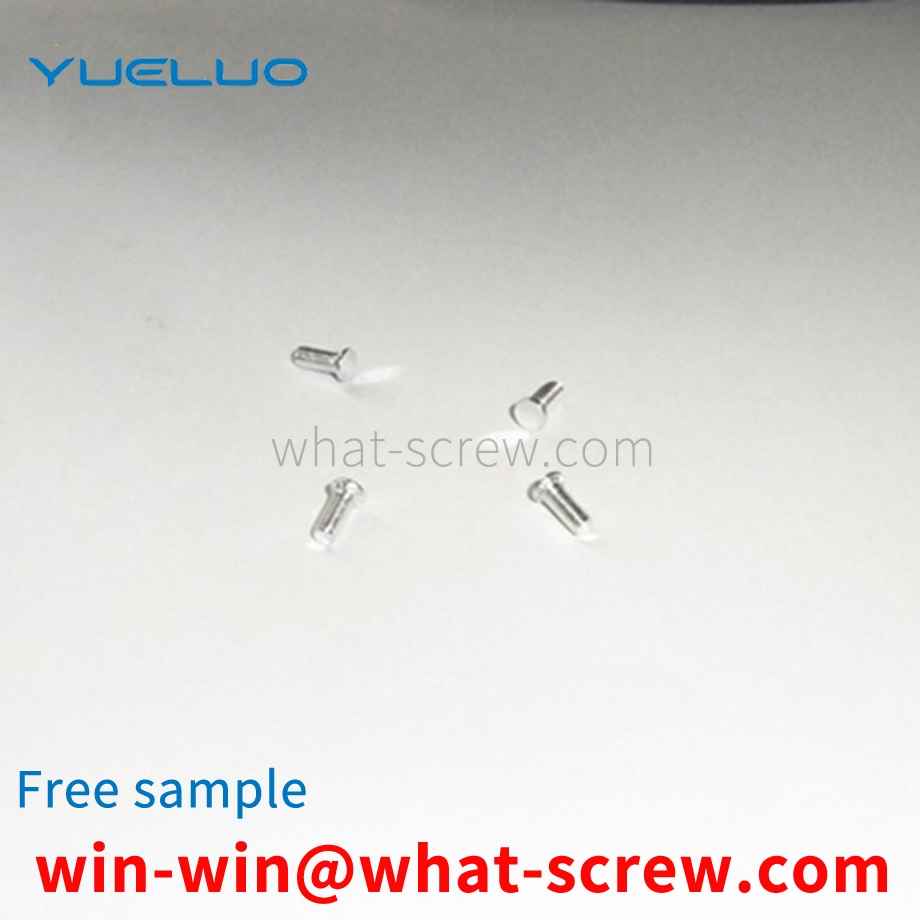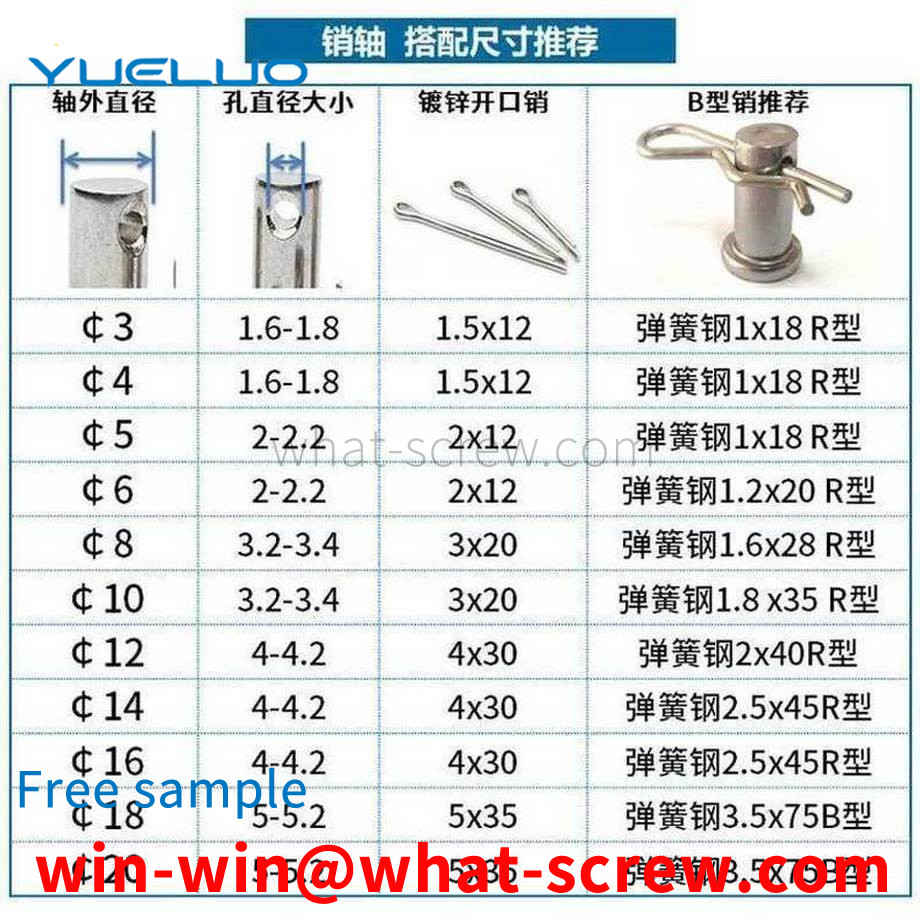What is the tolerance range of precision screws?
What is the tolerance range of precision screws?
Service Hotline
+86760-8787 8587We have more than ten years of screw industry production experience, the main products are: color zinc cabinet nuts, four-cornered nuts, high-head knurled screws, Yu Dangjia 304 stainless steel screws, dense teeth screws, white washers, food-grade round rubber pads, TA2 Titanium bolts, industrial aluminum profile accessories, snap iron nuts, colored zinc pull caps, toothed nuts, stopper bolts, extended cup head socket head cap screws, non-standard blind hole copper nuts and other fasteners, due to the product material and Specifications vary, prices vary, please contact us if necessary.


Nuts are used as fasteners, and most of them need to be used in conjunction with gaskets in the process of use to adjust the deficiencies of the material itself and strengthen the degree of tightening, while metal materials are used as raw materials for gaskets. The cost is also relatively high, and in the process of use, the end face of the metal gasket and the nut will also be affected by the process, resulting in the defect that the fastening effect is not firm and easy to loosen.

rivet is a metal rod-shaped part with a cap at one end. During riveting, the rivet uses its own deformation or interference to connect the riveted parts. Commonly used rivets are semi-circular head, flat head, semi-hollow rivets, solid rivets, countersunk head rivets, blind rivets, hollow rivets, etc. At present, rivets are widely used in various backplane products and other stamping products. Since rivets are responsible for the functions of locking, positioning and bearing lateral force in the product, the degree of riveting and vertical have higher requirements. However, in actual production, there are often problems such as the failure of the rivet torsion to meet the requirements, the rivet being skewed by the rivet, the surface of the rivet being cut, the rivet placement being inaccurate and requiring manual repositioning, etc. Very high and very inefficient.


NPT, PT, G are all pipe threads. NPT is the abbreviation of National (American) Pipe Thread, which belongs to the American standard 60-degree taper pipe thread, which is used in North America. National standards can be found in GB/T12716-1991 PT is the abbreviation of Pipe Thread, which is a 55-degree sealed conical pipe thread, which belongs to the Whitworth thread family and is mostly used in Europe and the Commonwealth of Nations. Commonly used in water and gas pipe industry, the taper is specified as 1:16. The national standard can be found in GB/T7306-2000 G is a 55 degree non-threaded sealing pipe thread, which belongs to the Whitworth thread family. Marked as G stands for cylindrical thread. National standards can be found in GB/T7307-2001 In addition, the 1/4, 1/2, 1/8 marks in the thread refer to the diameter of the pipe, and the unit is inches. People in the industry usually refer to thread size in points, 1 inch equals 8 points, 1/4 inch is 2 points, and so on. G seems to be the general name for pipe threads (Guan), and the division of 55 and 60 degrees is functional, commonly known as pipe circle. That is, the thread is machined from a cylindrical surface. ZG is commonly known as pipe cone, that is, the thread is made of a conical surface. The general water pipe joints are like this. Rc means conical internal thread ZG means taper pipe thread, 3/4 means inch mark, which is 3/4 inch conical pipe Thread, there is in the Hardware Manual. The national standard stipulates that the major diameter of ZG 3/4 thread is 26.44 mm. Please refer to Metric, American and British Thread Standard Manual (Third Edition). Its representation method should be: ZG 3 /4″. Among them (〃) is the representative symbol for inches. One inch is equal to 8 inches. The origin of 3/4 is 6/8=3/4. Commonly known as 6 points. Similarly, the major diameter of ZG 1/2″ thread≈21 mm. Commonly known as 4 points. ZG 1″ thread diameter ≈ 33 mm. Commonly known as 1 inch. ZG 1 1/2″ thread pipe outer diameter ≈ 48 mm. Commonly known as 1 inch and a half. Taper pipe thread is very similar to pipe thread, the difference is Only in the taper. Note that the basic size of the pipe thread and ordinary thread is different. DN is the nominal diameter

In order to solve the problems existing in the prior art, Yueluo Company provides a fastener that prevents the nut from falling off. After the nut is installed in place, a locking strip can be inserted into the groove of the bolt to lock the nut, so that the nut can be locked. It cannot be loosened to prevent the nut from falling off. If the nut needs to be removed, the nut can be removed normally after removing the locking strip.

The above content is uploaded by Yueluo or the Internet. If there is any copyright issue, please contact [email protected].

What is the tolerance range of precision screws?

How to choose the right stainless steel screw manufacturer?

Why is there an R angle under the head of the hexagon head s...

We have more than ten years of experience in screw industry ...

We have more than ten years of production experience in the ...

We have more than ten years of experience in screw industry ...

We have more than ten years of production experience in the ...